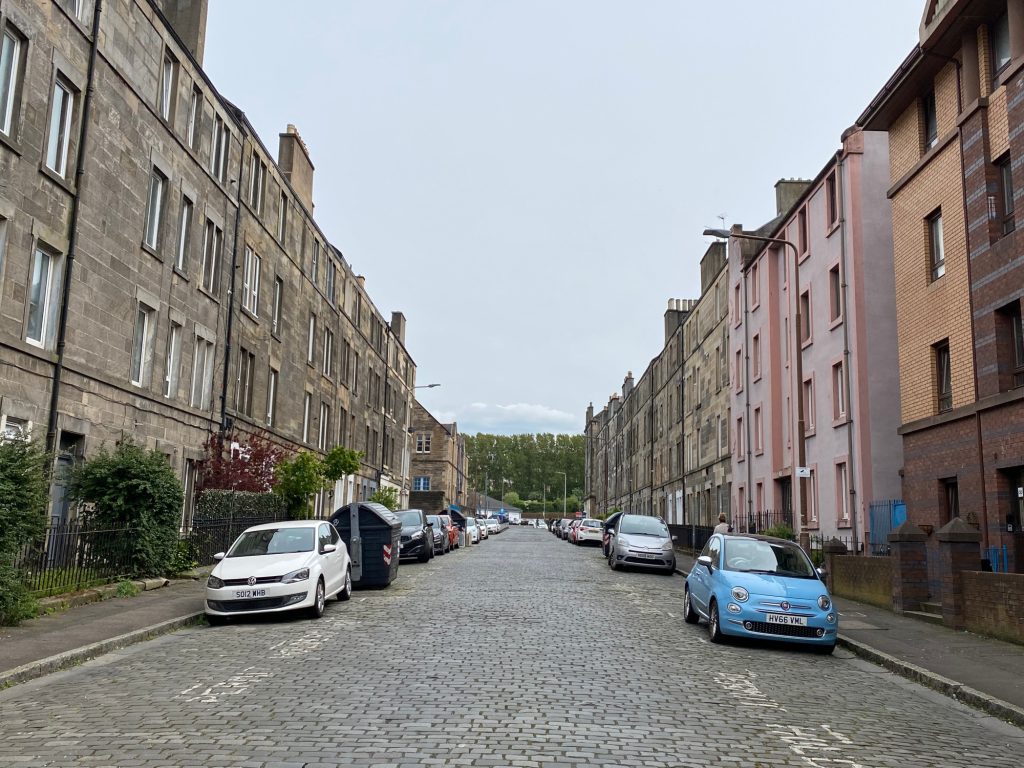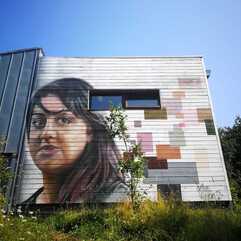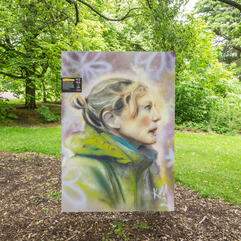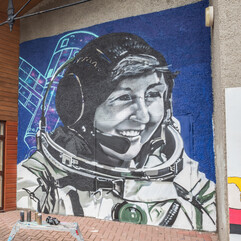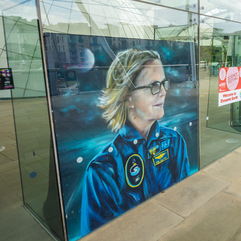12 St Giles’ Street, Edinburgh, EH1 1PT
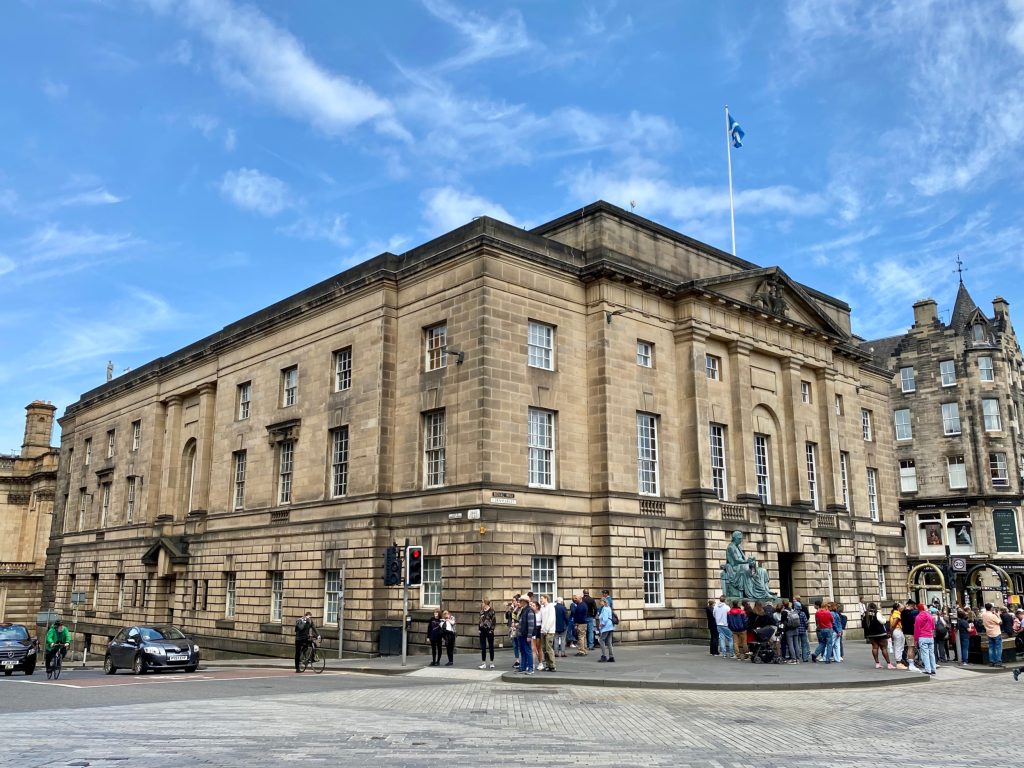
Throughout the war, the Justiciary Building housed the tribunal that decided whether people should be exempt from military service on the grounds of a conscientious objection to war. People appearing before the tribunal included Christian pacifists, socialists, anarchists, humanitarians and Scottish nationalists. Notable Scottish conscientious objectors included the writers Robin Jenkins and Edwin Morgan, as well as a later Bishop of Edinburgh and Lord Advocate of Scotland. There were over 60,000 people who sought exemption across Britain between 1939 and 1945. The majority of them were given a conditional exemption so long as they carried out some form of alternative service, such as ambulance or forestry work. An image of the shops and buildings demolished in 1937 for the building of Sherrif’s Court can be seen here: https://www.scran.ac.uk/database/image.php?usi=000-000-126-088-R&cusi=000-000-126-088-C&scache=38i6l3np5x&searchdb=scran
Source: Tobias Kelly, Battles of Conscience: British Pacifists and the Second World War, (2022) p. 141.
Additional links:


